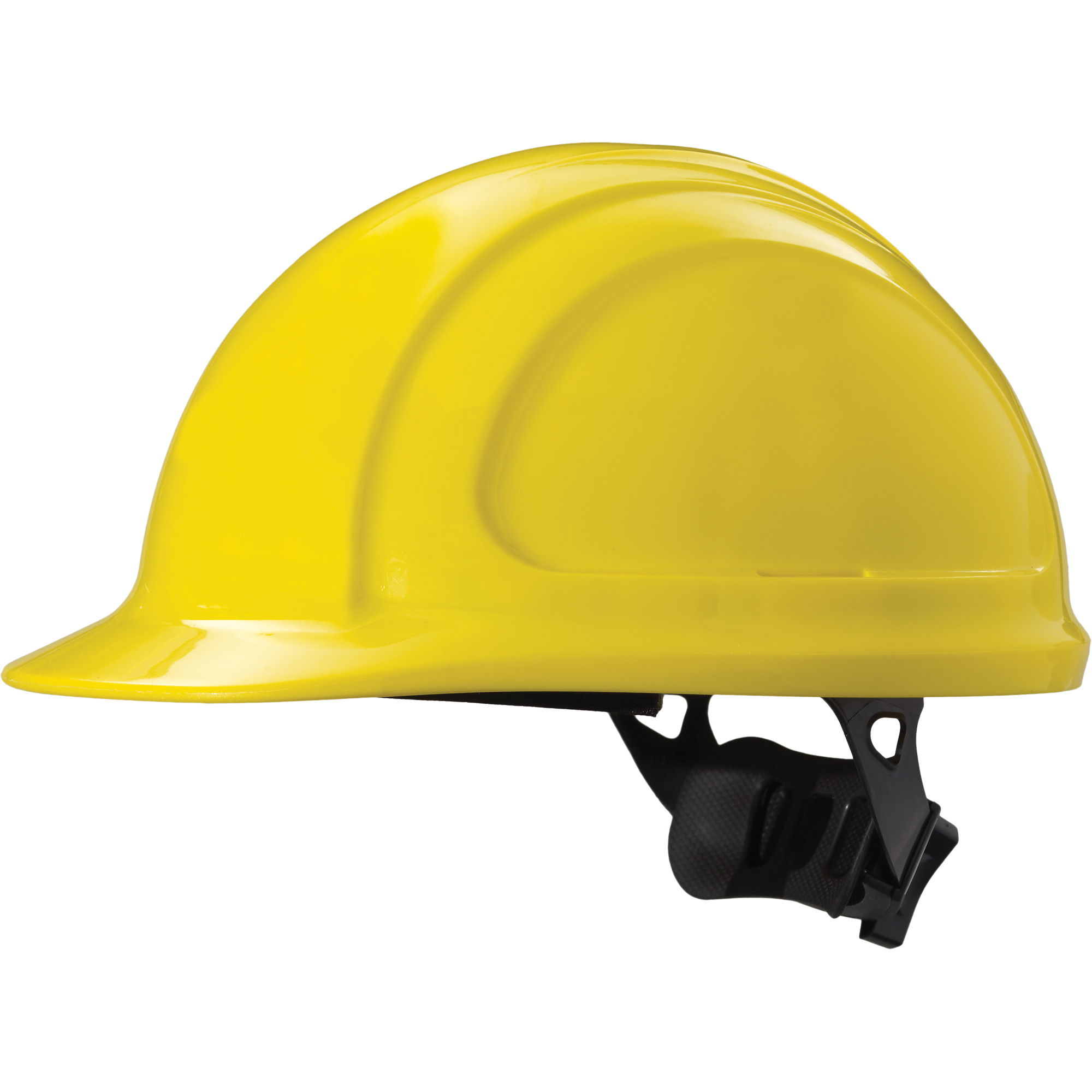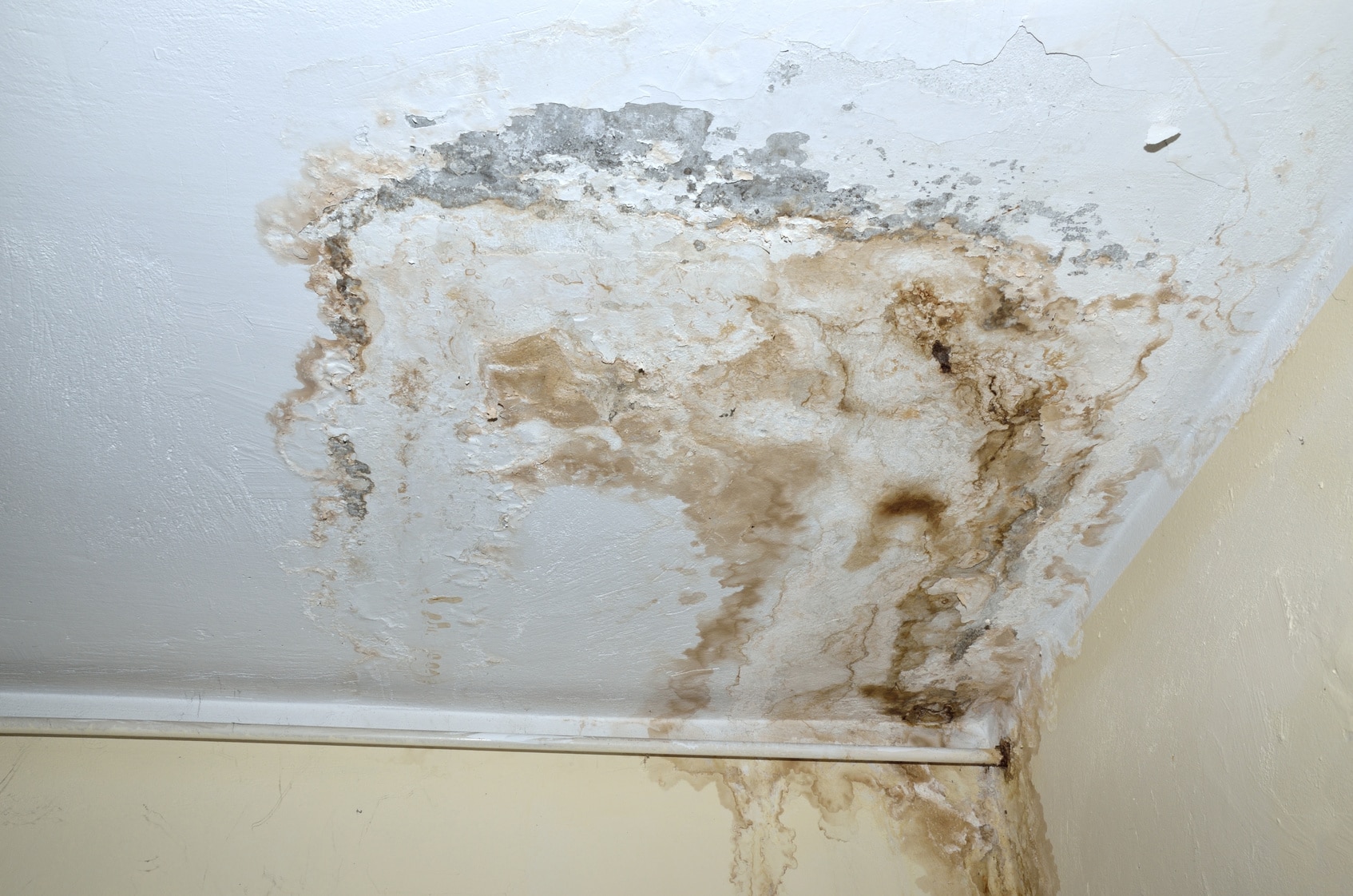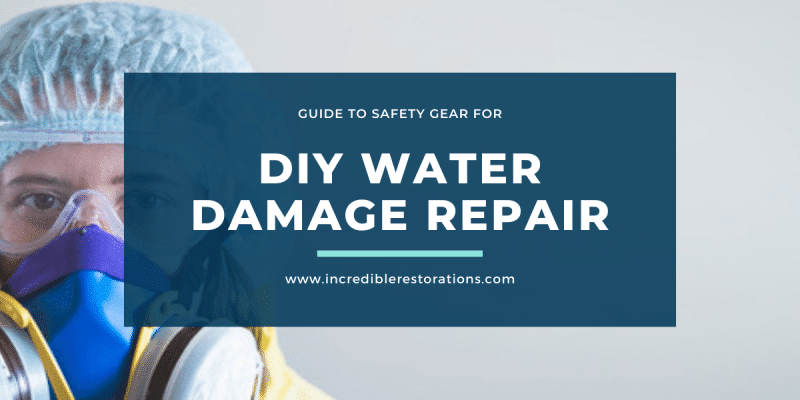With the COVID-19 pandemic requiring most of us to stay and work from home, it seems like there’s no better time to tackle any DIY restoration jobs we have.
However,
When it comes to any property damage restoration, the safety of you and your family comes first.
Safety, however, is often overlooked by an amateur restorer.
Before taking on the project,
You should first assess the situation,
and think of what safety gear (PPE or Personal protective equipment) is appropriate for the project.
Every restoration project requires a different set of safety equipment that needs to be considered.
For example, a simple drywall and paint repair may require minimum safety equipment,
such as dust masks and eye protection.
Larger scale Category 3 Water Damage property restoration projects, on the other hand, require more serious safety equipment.
Examples of safety equipment include:
-
Hardhat

Hardhats are a good piece of equipment to have during any water damage restoration jobs.
Protecting your noggin from water damaged roofing or even from bumping your head could save your life.
-
Eye protection/goggles

Eye protection or goggles are also a common piece of safety equipment to use.
Goggles or eye protection could prevent chemicals or black water from entering your eyes..
Which could cause an infection or permanent sight loss.
-
Rubber boots/Steel toe boots with protective shanks

Rubber boots are great if there’s any remaining electricity current in the water.
Steel toe boots are also useful for falling objects or stubbing your toe.
-
Protective clothing such as a Tyvek Suit

Tyvek Suits are great for protecting your skin from chemicals or asbestos.
Insulation can irritate your skin as well,
So Tyvek suits are great for overall skin protection.
-
Chemically resistant gloves

Dealing with Category 3 Black Water or any other chemicals can be harmful for your skin.
Gloves can greatly reduce the impact of chemicals and can protect your hands from cuts or scrapes when moving objects.
-
Respirator

Respirators protect your lungs from any chemicals or fumes in the air.
There are many different types of respirators so make sure to find the right one for your home restoration project.
An appropriate set of safety equipment for property restoration varies depending on the type of project.
Improper assessment and use of safety equipment could lead to personal harm, symptoms that might not be seen immediately.
Open cuts and sores could become infected if exposed to contamination,
while inhalation of toxic fumes and particles could cause illness.
On top of that, we need to protect ourselves from hazards like falling objects and electrical shocks.
Please take the time to properly assess your restoration project and think of what safety equipment you might require.
The more specialized the project, the more specialized safety equipment you’ll need.
Hazards
In Your Home
During A DIY Project
So you want to start a water damage restoration project in your home, have gathered all the tools and materials needed, and are eager to get going.
But before starting you should be aware of any possible hazards that may be involved in the process.
What do you mean hazards? “It’s my home I live here and its safe…”
Well, for the most part, you are correct, but taking on repair projects in your home does involve some risk.
A common hazard we see during water damage restoration jobs occur is when Water leaks through the roof and pools up in the ceiling.
Eventually, the weight of the water causes the ceiling to collapse, along with its lighting fixtures exposing live electrical wires.
So you get the point, depending on what it is you are taking on there may be some associated risks involved.
The following is a list of some potential hazards that could be present when you are taking on a property restoration project:
Collapsing Ceilings and Falling Objects

If your property has suffered from water damage and water from the upper floor leaked down into the lower floor,
There could be a risk that there is water trapped within the ceiling.
The weight of this water could cause the ceiling to suddenly collapse which could be extremely dangerous if not handled properly.
Asbestos and Lead

Mainly found in older homes, paint and drywall compounds in your homes could contain traces of lead and asbestos which is dangerous to your lungs and breathing.
Mold

Mold can be found virtually anywhere within your home so long as the right conditions are present to sustain mold can begin growing within two days and should be dealt with immediately to prevent the spreading of spores.
Crawlspaces and Confined spaces

With limited space for movement, unstable atmospheric levels and exposed building materials such as nails, there’s an enormous possibility for hazards in crawl spaces. Also, the possible presence of toxic gases and materials can be harmful to your health if you’re not wearing the proper equipment.
Chemicals

Inappropriate storage and handling of chemicals when cleaning or doing DIY restoration jobs could cause harm to you and your family. Make sure to always store chemicals in safe places and wear respirators and gloves when dealing with them.
Electrical

It goes without saying but,
TURN OFF YOUR BREAKERS WHEN DEALING WITH ELECTRICITY.
In many cases, exposed wiring could cause shock and fires which is extremely harmful to your family and your home.
The list goes on, but you get the idea. Hopefully reading this has at least given you some awareness regarding hazards in your home and has you thinking about the safety of you and your family.
If you have a home water damage restoration project you’re uncomfortable with, make sure to call a reputable water damage remediation company to help you get your home back to normal.

